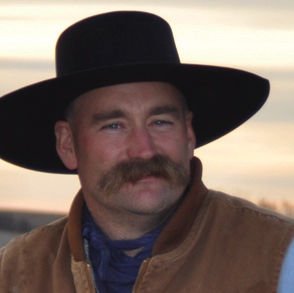The most incredible part of what farming has accomplished can be seen in simple numbers. The U.S. Department of Agriculture tells us that in 1900 it required 10 acres of land to produce enough food to feed one person for a year.

In 2022, it required less than a third of an acre to produce that same amount of food. We can talk about technology all we want but the truth of the matter is that it was the use of diesel fuel that gave us a huge jump start.
It is reported that 1 gallon of diesel fuel replaces 500-man hours of labor in food production. If we go back to 1900, half of the grain produced from the farm was needed to feed the horses and the mules required to farm it. So as much as people want to demonize petroleum products, they have greatly improved their lives.
Of course, they will want to talk about those emissions in trying to convince the world that food production is responsible for a third of all greenhouse gases in the atmosphere. They want us to believe that if we don’t change our ways, it will be 70% by 2050.
Hogwash. Basic fifth-grade science tells us that greenhouses are where life is created and nourished. In fact, the gases in those greenhouses, such as carbon dioxide, are used to make things grow better. So how did we allow the world to be convinced that they were bad? Nitrous oxide, methane, sulfur oxide and CO2 are all essential elements for plant growth. So why would we want less of them and not more?
Milk, meat, and egg consumption are vital, not a luxury. The more animals that inhabit earth, the more plants that are required to feed them. The more plants we have, the healthier the environment. The more animal products the human consumes, the healthier the human is. The data is clear: the nation’s waistline did not grow out of control because people are eating too many eggs and bacon for breakfast. A recent article by Lara Williams in the Washington Times tried to claim that modern farming was responsible for both world hunger and obesity. How exactly do you rationalize that? Perhaps your diet is short an egg or two and a little choline would go a long way in enhancing clearer thinking.
In this whole attempt to convince the world that the population is outpacing earth’s ability to feed itself, let’s look at some basic data the World Food Program put forth recently. In 1920, the world’s population was 2 billion and of those 80% were considered food insecure. Today, we are approaching 8 billion people and 20% are food insecure. We have reached a point in time when we must roar like a lion in the South Africa plains about the accomplishments we have made in just a century.
The Times author also said that the modern farming system uses 70% of the earth’s fresh water. While that very well may be true, we also produce 100% of the food with that water. The whole water issue is frequently brought forth but they fail to consider that the same amount of water exists on the planet today as it did when Jesus walked the earth. We don’t really use up the water, we just manage the cycle of life as God intended.
Let’s cut to the chase: These folks don’t know Jesus and reject God’s involvement. The religion of worshipping the earth instead of the creator is the real challenge on our hands today.
Editor’s note: The views expressed here are the author’s own and do not represent the views of High Plains Journal. Trent Loos is a sixth generation United States farmer, host of the daily radio show, Loos Tales, and founder of Faces of Agriculture, a non-profit organization putting the human element back into the production of food. Get more information at www.LoosTales.com, or email Trent at [email protected].
